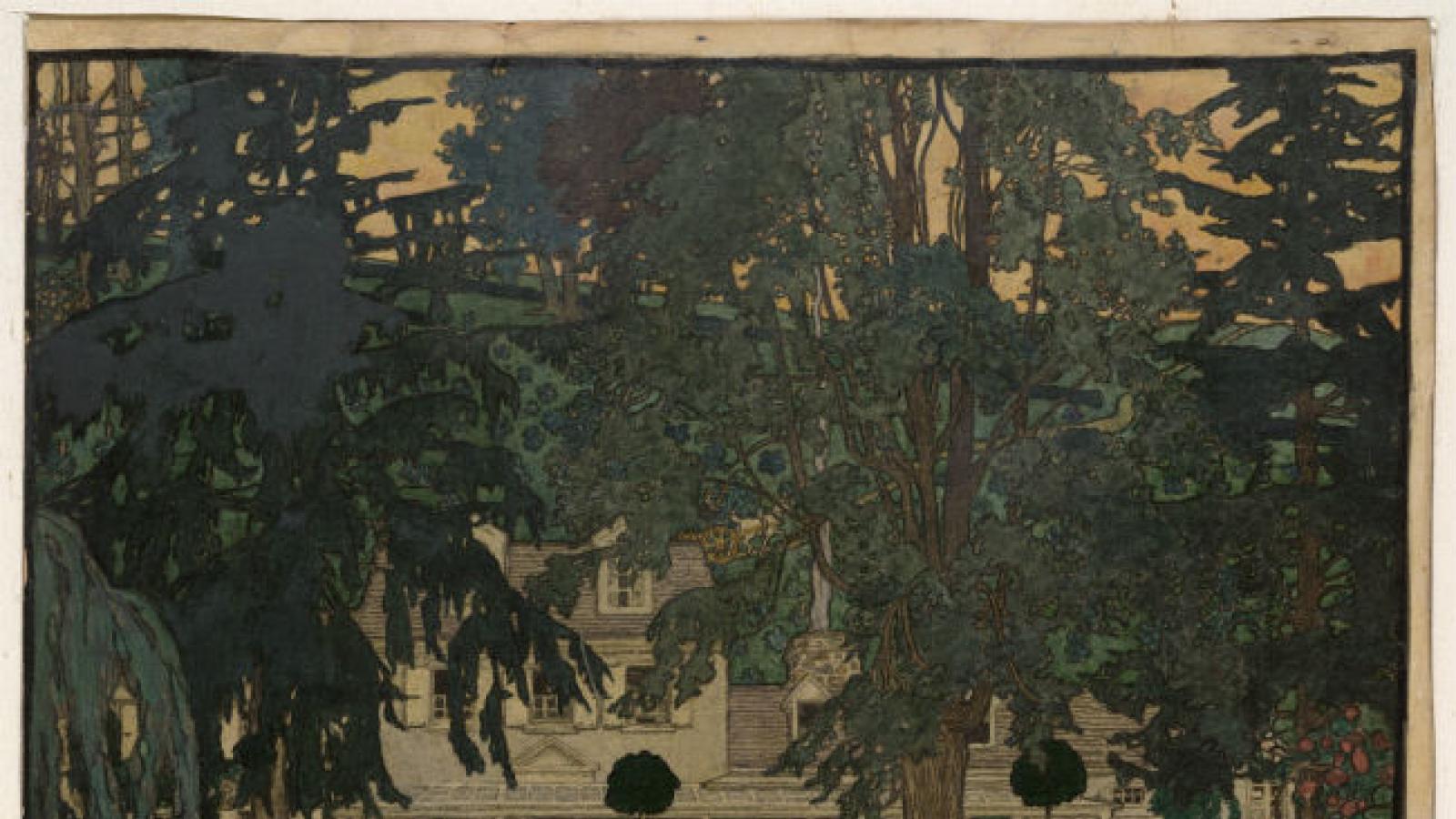An Exhibition That Illustrates Women's Progress

When Martha Kennedy joined the Library of Congress as curator years ago, she was struck by the quality and variety of work by women illustrators and cartoonists in the library’s vast collections. But this richness in turn revealed a corresponding lack, specifically in terms of recognition and appreciation for these creators and their work.
To wit, only two women have won the Pulitzer Prize for Editorial Cartooning. Only three have won The Reuben Award from the National Cartoonists Society, the highest honor the society gives to cartoonists. And only one woman has ever won a Will Eisner Comic Industry Award for best writer/artist.
Kennedy is hoping to at least partially counteract these omissions through the exhibit Drawn to Purpose: American Women Illustrators and Comics, on view at the Library of Congress through October 20th, with a new rotation of work going on display in May. The exhibit showcases notable pieces from the library’s collection in various categories, including early comics, magazine covers, and political and editorial cartoons.
The exhibit’s progression through these themes mirrors women’s progression throughout society as a whole. The earliest examples highlight what’s referred to as the Golden Age of Illustration, which spanned from roughly 1880 to 1930. Here, we see how women were primarily relegated to illustrating children’s books or scenes of domesticity: an innocent visit by a gentleman admirer by Mary Hallock Foote for example, or an intricate, richly colored garden party by Elizabeth Shippen Green that illustrated Henry Van Dyke’s poem “Inscriptions for a Friend’s House.” Within early comics, women were expected to stick to certain characters, like children or animals.
And yet, despite these early limitations, Kennedy points out that women were still able to flex their savvy. For example, Marjorie Henderson Buell leveraged her Little Lulu comic into an empire following its debut in The Saturday Evening Post in 1935. The strip’s characters were used to advertise products like Pepsi and Kleenex, and even had their own animated shorts. Rose O’Neill demonstrated a similar entrepreneurial spirit with her Kewpie characters, which first appeared in Ladies’ Home Journal in 1909. She patented the Kewpie doll in 1913, which according to the State Historical Society of Missouri, helped make her the highest-paid woman illustrator in the world for a time.
These successes were a sign of what was to come. As women entered the workplace in World War II and began to redefine their role within society, their role within illustration and comics expanded accordingly, a trend that has only continued through the decades.
The exhibit showcases this by highlighting the many forms, formats, and themes that women have embraced and advanced. There are pieces highlighting female friendships and professional challenges, gender relations and the richness and variety of women’s inner lives. For example, Tugged by Anita Kunz, published in Working Woman in 2001, shows a woman whose hair and clothes risk being torn apart by the demands of professional life, depicted as sinister briefcases, computers, and mobile phones. Panels from the long-running comic strip For Better or for Worse by Lynn Johnston offers a far more nuanced look at motherhood and marriage than earlier comics, demonstrating the strides we have made as a society in moving beyond the cult of domesticity. There are also examples on display of underground comics, alternative comics, and pieces by women like Roz Chast and Alison Bechdel who have published their memoirs as graphic novels.
It’s a diversity of talent and accomplishments that Kennedy hopes will leave an impression on exhibition visitors. As she noted, “Women have become amazing contributors to these art forms in recent decades.” And now, as the exhibit makes clear, it is past time they received their due.




